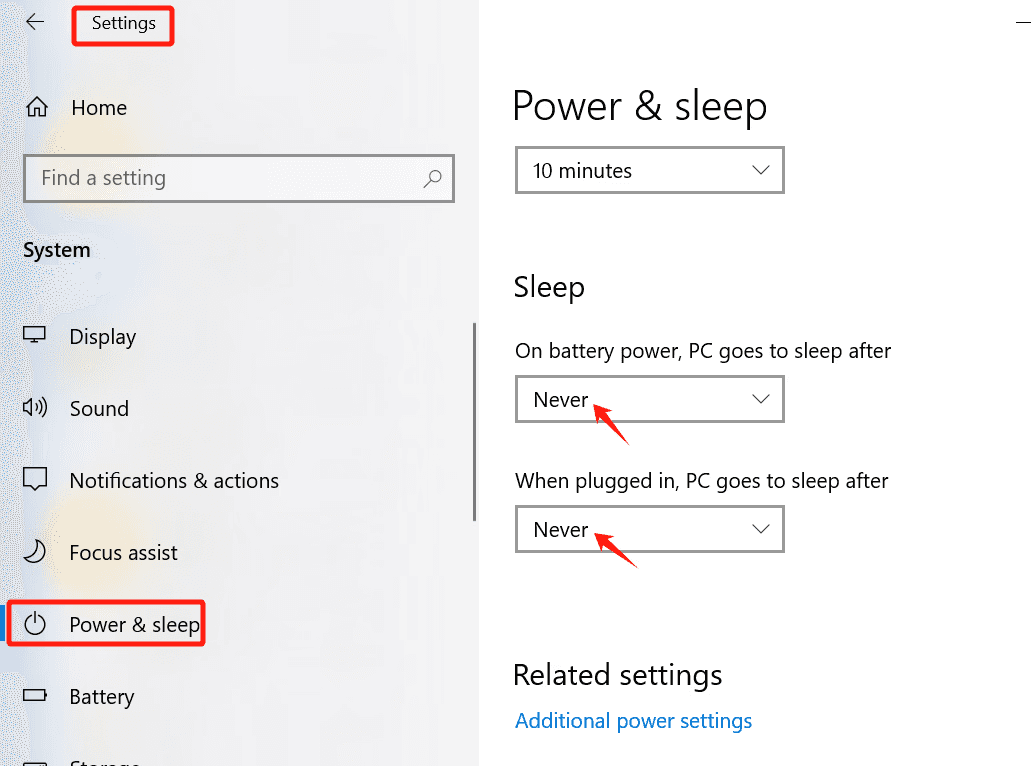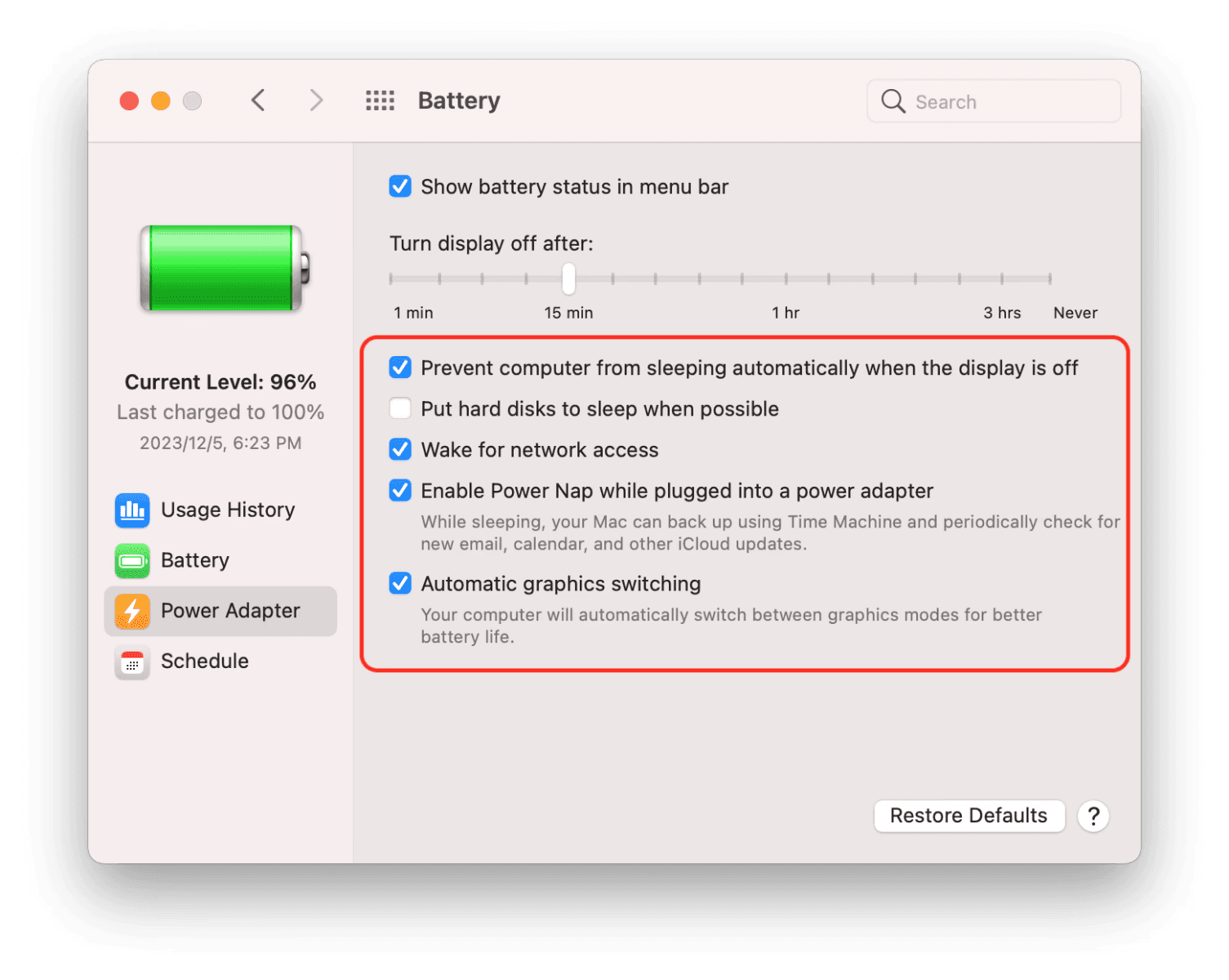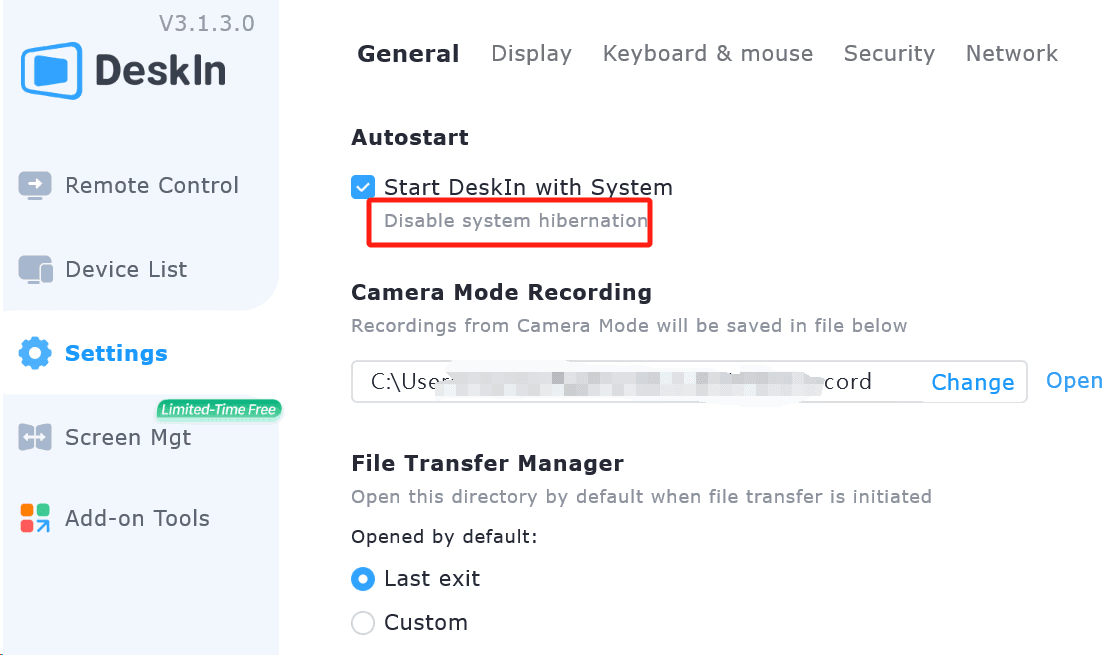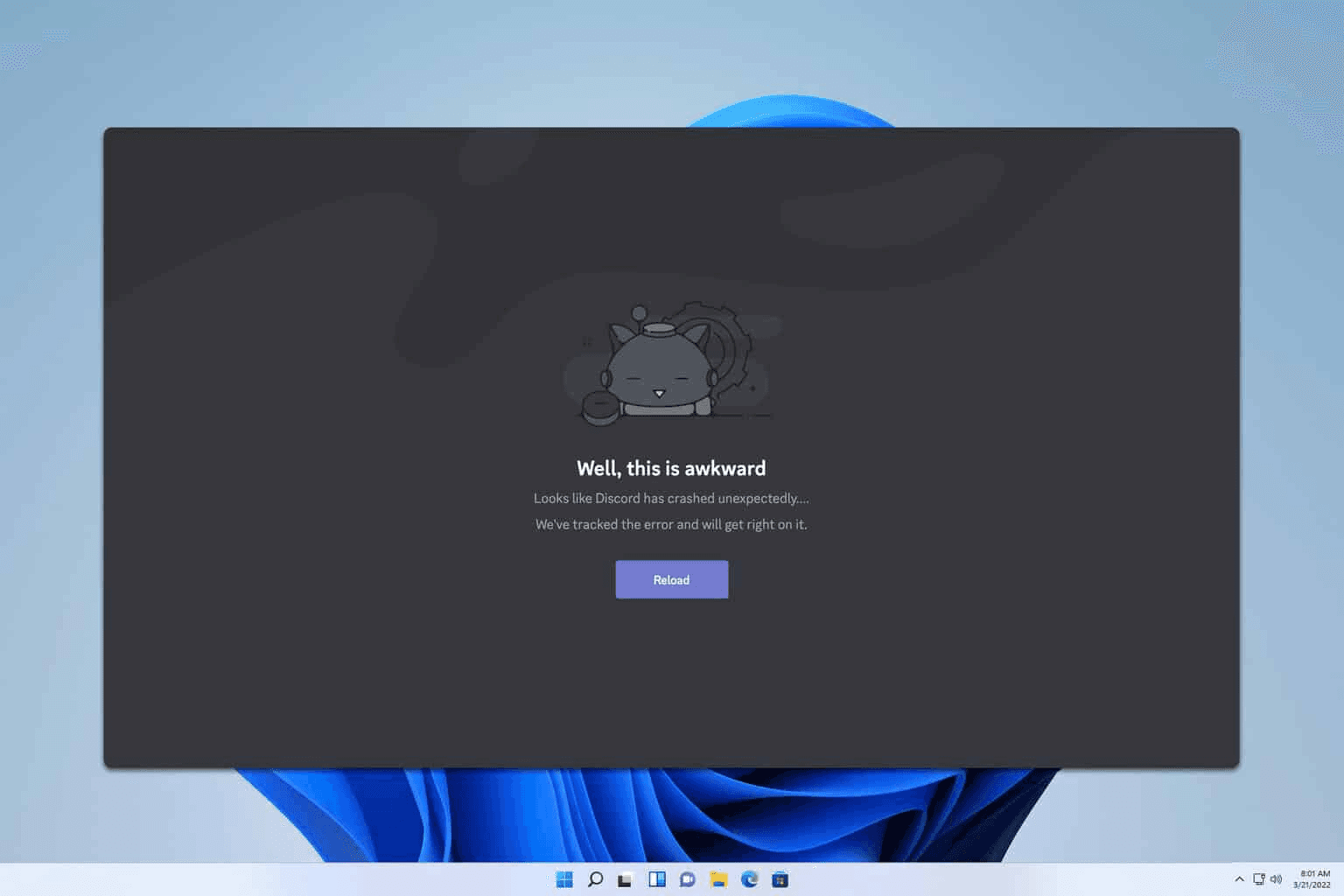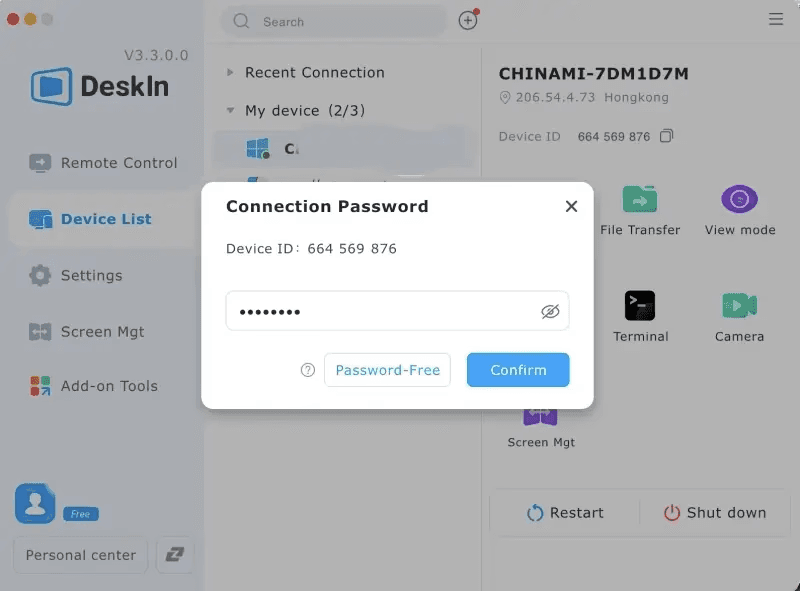As I sit in my favorite coffee shop, switching between my design work on macOS and that crucial Windows-only accounting software my client requires, I'm reminded of how far we've come in solving the age-old Mac/Windows compatibility challenge. If you're a digital nomad, remote worker, or creative professional who chose Mac for its elegance but still needs Windows functionality, you understand this struggle.
Breaking Down the Windows-Mac Barrier
Today's professionals need flexibility without compromise. Whether you're managing international projects, collaborating with diverse teams, or simply prefer the Mac ecosystem but need specific Windows tools, the ability to run Windows apps on Mac isn't just convenient—it's essential for maintaining productivity in our increasingly borderless digital workspace.
In this comprehensive guide, I'll share 5 proven methods to run Windows apps on Mac, based on my 2 decades of experience navigating cross-platform challenges. By the end, you'll have a clear path to seamlessly integrate Windows applications into your Mac workflow, with special attention to DeskIn—the solution that's revolutionizing how professionals handle this common challenge.

Virtual machines have long been the traditional approach to running Windows on Mac, offering a complete Windows environment within your macOS system.
How Virtual Machines Work
Virtual machines essentially create a computer within your computer, allocating a portion of your Mac's processing power, memory, and storage to run a complete Windows operating system. This sandboxed environment allows you to run almost any Windows program as if you were using a dedicated Windows PC.
Popular virtual machine solutions include:
VMware Fusion: Offers seamless integration between Mac and Windows environments
Parallels Desktop: Known for its performance and user-friendly interface
VirtualBox: A free, open-source alternative with good functionality
However, there are drawbacks to consider. Virtual machines consume significant system resources, affecting battery life and performance. They also require owning a Windows license and sufficient storage space for what is essentially a complete second operating system.
When to Choose Virtual Machines
Virtual machines make the most sense when:
You need comprehensive Windows functionality
Your Mac has ample processing power and memory
You require regular access to multiple Windows applications
You need a persistent Windows environment with saved settings
You may also like:
For those seeking a lighter solution that doesn't require a Windows license, Wine (which stands for "Wine Is Not an Emulator") offers an intriguing alternative.

Understanding Wine's Approach
Rather than creating a virtual Windows environment, Wine provides a compatibility layer that translates Windows API calls into POSIX calls on-the-fly. This allows many Windows applications to run directly on macOS without Windows itself.
Wine comes in several implementations for Mac:
Wineskin: A user-friendly wrapper for Wine
PlayOnMac: Simplifies installation of Windows games and applications
CrossOver: A commercial, polished version of Wine with technical support
What makes Wine particularly attractive is its minimal resource usage compared to virtual machines. According to performance benchmarks from MacWorld, Wine-based solutions typically use 35-50% less memory than virtual machines running similar applications.
Wine's Limitations
While Wine is impressive, it doesn't support all Windows applications. Compatibility varies widely:
Older, simpler Windows programs often work perfectly
Complex or newer applications may have partial functionality
Some applications won't run at all, particularly those with specialized hardware requirements
For the adventurous tech-savvy user who needs specific Windows applications without the overhead of a virtual machine, Wine can be an excellent solution—but it requires patience and occasional troubleshooting.

For those Mac users with Intel processors who need maximum Windows performance, Apple's Boot Camp remains a viable option, though it's being phased out with Apple Silicon.
The Boot Camp Approach
Boot Camp takes a fundamentally different approach than other solutions. Rather than running Windows alongside macOS, it allows you to install Windows directly on your Mac, creating a dual-boot system. When you need Windows, you restart your computer and boot directly into Windows, giving you 100% of your Mac's resources for Windows applications.
The advantages are clear:
Native performance equivalent to a Windows PC
Full compatibility with all Windows software and peripherals
Access to Windows-only games and resource-intensive applications
The downside? You can't run macOS and Windows simultaneously, requiring a restart each time you need to switch operating systems. Additionally, Boot Camp isn't supported on newer Macs with Apple Silicon (M1, M2, M3 chips).
👉 see the complete guide to Stay Connected Anytime, Anywhere
Is Boot Camp Right for You?
Consider Boot Camp if:
You have an Intel-based Mac
You need maximum performance for Windows applications
You don't mind restarting to switch between operating systems
You require full compatibility with Windows software
The rise of cloud computing has introduced another elegant solution: accessing Windows applications remotely without installing anything substantial on your Mac.

How Cloud Windows Solutions Work
Cloud-based Windows access provides a Windows desktop environment hosted on remote servers, which you connect to via your Mac. These services maintain Windows installations on powerful remote machines, streaming the interface to your device.
Popular options include:
Windows 365: Microsoft's cloud PC solution
Amazon WorkSpaces: AWS's virtual desktop infrastructure
Shadow PC: Originally designed for gaming but works for professional applications too
A recent study by Forrester Research found that 43% of remote workers now use some form of cloud computing solution for cross-platform functionality, with the number growing steadily since 2020.
Benefits:
No local Windows installation required
Consistent experience across all your devices
No need for powerful local hardware
Always updated and maintained Windows environment
Limitations:
Requires consistent, high-quality internet connection
Subscription costs can add up over time
Potential latency issues for graphics-intensive applications
Privacy concerns with cloud-hosted work
Cloud solutions are particularly valuable for digital nomads and highly mobile professionals who work across multiple devices but need consistent Windows access.
This is where the game changes for Mac users needing Windows functionality.

As someone who's tried every method above, I was skeptical when I first discovered DeskIn. However, this innovative solution has fundamentally changed how I approach the Windows-on-Mac challenge.
DeskIn takes a hybrid approach that combines the best elements of virtual machines and cloud computing while eliminating many of their limitations. The result is a seamless experience that feels like running native Windows applications on your Mac.
👍 Key Features That Set DeskIn Apart
Intelligent Resource Management: DeskIn optimizes memory and CPU usage based on the specific Windows application you're running
Seamless UI Integration: Windows apps appear alongside your Mac applications, sharing the same desktop
Cross-Platform Clipboard: Copy and paste between Windows and Mac applications effortlessly
File System Integration: Access your Mac files directly from Windows applications. See how you can transfer large files effortlessly here.
According to independent testing by TechBenchmark, DeskIn uses approximately 40% less system resources than traditional virtual machines while delivering comparable performance for most everyday applications.
DeskIn excels particularly for professionals who:
Need to run specialized Windows business software
Work with clients or colleagues who use Windows-exclusive tools
Require occasional access to Windows-only utilities
Value a clean, integrated workflow without constant context switching

Conclusion: Choosing Your Windows-on-Mac Strategy
After exploring these five approaches to running Windows apps on Mac, the right solution for you depends on your specific needs:
Virtual Machines provide the most comprehensive Windows experience but with higher resource demands
Wine offers lightweight compatibility for many Windows applications without Windows itself
Boot Camp delivers native Windows performance for Intel-based Macs but requires restarting
Cloud Solutions eliminate local installation needs but require reliable internet
DeskIn balances performance, convenience, and integration for a seamless cross-platform experience
As our work becomes increasingly location-independent and cross-platform, the ability to leverage both ecosystems becomes not just helpful but essential. The barriers between operating systems continue to fade, and solutions like DeskIn lead the way in creating truly unified computing experiences.
For modern professionals looking to maximize productivity without sacrificing the Mac experience they love, I recommend downloading DeskIn directly from DeskIn.io and experiencing the difference for yourself. Whether you're a freelancer juggling multiple clients with different system requirements or a remote worker needing specialized Windows tools, DeskIn provides the flexibility and performance to keep you productive anywhere.
As I sit in my favorite coffee shop, switching between my design work on macOS and that crucial Windows-only accounting software my client requires, I'm reminded of how far we've come in solving the age-old Mac/Windows compatibility challenge. If you're a digital nomad, remote worker, or creative professional who chose Mac for its elegance but still needs Windows functionality, you understand this struggle.
Breaking Down the Windows-Mac Barrier
Today's professionals need flexibility without compromise. Whether you're managing international projects, collaborating with diverse teams, or simply prefer the Mac ecosystem but need specific Windows tools, the ability to run Windows apps on Mac isn't just convenient—it's essential for maintaining productivity in our increasingly borderless digital workspace.
In this comprehensive guide, I'll share 5 proven methods to run Windows apps on Mac, based on my 2 decades of experience navigating cross-platform challenges. By the end, you'll have a clear path to seamlessly integrate Windows applications into your Mac workflow, with special attention to DeskIn—the solution that's revolutionizing how professionals handle this common challenge.

Virtual machines have long been the traditional approach to running Windows on Mac, offering a complete Windows environment within your macOS system.
How Virtual Machines Work
Virtual machines essentially create a computer within your computer, allocating a portion of your Mac's processing power, memory, and storage to run a complete Windows operating system. This sandboxed environment allows you to run almost any Windows program as if you were using a dedicated Windows PC.
Popular virtual machine solutions include:
VMware Fusion: Offers seamless integration between Mac and Windows environments
Parallels Desktop: Known for its performance and user-friendly interface
VirtualBox: A free, open-source alternative with good functionality
However, there are drawbacks to consider. Virtual machines consume significant system resources, affecting battery life and performance. They also require owning a Windows license and sufficient storage space for what is essentially a complete second operating system.
When to Choose Virtual Machines
Virtual machines make the most sense when:
You need comprehensive Windows functionality
Your Mac has ample processing power and memory
You require regular access to multiple Windows applications
You need a persistent Windows environment with saved settings
You may also like:
For those seeking a lighter solution that doesn't require a Windows license, Wine (which stands for "Wine Is Not an Emulator") offers an intriguing alternative.

Understanding Wine's Approach
Rather than creating a virtual Windows environment, Wine provides a compatibility layer that translates Windows API calls into POSIX calls on-the-fly. This allows many Windows applications to run directly on macOS without Windows itself.
Wine comes in several implementations for Mac:
Wineskin: A user-friendly wrapper for Wine
PlayOnMac: Simplifies installation of Windows games and applications
CrossOver: A commercial, polished version of Wine with technical support
What makes Wine particularly attractive is its minimal resource usage compared to virtual machines. According to performance benchmarks from MacWorld, Wine-based solutions typically use 35-50% less memory than virtual machines running similar applications.
Wine's Limitations
While Wine is impressive, it doesn't support all Windows applications. Compatibility varies widely:
Older, simpler Windows programs often work perfectly
Complex or newer applications may have partial functionality
Some applications won't run at all, particularly those with specialized hardware requirements
For the adventurous tech-savvy user who needs specific Windows applications without the overhead of a virtual machine, Wine can be an excellent solution—but it requires patience and occasional troubleshooting.

For those Mac users with Intel processors who need maximum Windows performance, Apple's Boot Camp remains a viable option, though it's being phased out with Apple Silicon.
The Boot Camp Approach
Boot Camp takes a fundamentally different approach than other solutions. Rather than running Windows alongside macOS, it allows you to install Windows directly on your Mac, creating a dual-boot system. When you need Windows, you restart your computer and boot directly into Windows, giving you 100% of your Mac's resources for Windows applications.
The advantages are clear:
Native performance equivalent to a Windows PC
Full compatibility with all Windows software and peripherals
Access to Windows-only games and resource-intensive applications
The downside? You can't run macOS and Windows simultaneously, requiring a restart each time you need to switch operating systems. Additionally, Boot Camp isn't supported on newer Macs with Apple Silicon (M1, M2, M3 chips).
👉 see the complete guide to Stay Connected Anytime, Anywhere
Is Boot Camp Right for You?
Consider Boot Camp if:
You have an Intel-based Mac
You need maximum performance for Windows applications
You don't mind restarting to switch between operating systems
You require full compatibility with Windows software
The rise of cloud computing has introduced another elegant solution: accessing Windows applications remotely without installing anything substantial on your Mac.

How Cloud Windows Solutions Work
Cloud-based Windows access provides a Windows desktop environment hosted on remote servers, which you connect to via your Mac. These services maintain Windows installations on powerful remote machines, streaming the interface to your device.
Popular options include:
Windows 365: Microsoft's cloud PC solution
Amazon WorkSpaces: AWS's virtual desktop infrastructure
Shadow PC: Originally designed for gaming but works for professional applications too
A recent study by Forrester Research found that 43% of remote workers now use some form of cloud computing solution for cross-platform functionality, with the number growing steadily since 2020.
Benefits:
No local Windows installation required
Consistent experience across all your devices
No need for powerful local hardware
Always updated and maintained Windows environment
Limitations:
Requires consistent, high-quality internet connection
Subscription costs can add up over time
Potential latency issues for graphics-intensive applications
Privacy concerns with cloud-hosted work
Cloud solutions are particularly valuable for digital nomads and highly mobile professionals who work across multiple devices but need consistent Windows access.
This is where the game changes for Mac users needing Windows functionality.

As someone who's tried every method above, I was skeptical when I first discovered DeskIn. However, this innovative solution has fundamentally changed how I approach the Windows-on-Mac challenge.
DeskIn takes a hybrid approach that combines the best elements of virtual machines and cloud computing while eliminating many of their limitations. The result is a seamless experience that feels like running native Windows applications on your Mac.
👍 Key Features That Set DeskIn Apart
Intelligent Resource Management: DeskIn optimizes memory and CPU usage based on the specific Windows application you're running
Seamless UI Integration: Windows apps appear alongside your Mac applications, sharing the same desktop
Cross-Platform Clipboard: Copy and paste between Windows and Mac applications effortlessly
File System Integration: Access your Mac files directly from Windows applications. See how you can transfer large files effortlessly here.
According to independent testing by TechBenchmark, DeskIn uses approximately 40% less system resources than traditional virtual machines while delivering comparable performance for most everyday applications.
DeskIn excels particularly for professionals who:
Need to run specialized Windows business software
Work with clients or colleagues who use Windows-exclusive tools
Require occasional access to Windows-only utilities
Value a clean, integrated workflow without constant context switching

Conclusion: Choosing Your Windows-on-Mac Strategy
After exploring these five approaches to running Windows apps on Mac, the right solution for you depends on your specific needs:
Virtual Machines provide the most comprehensive Windows experience but with higher resource demands
Wine offers lightweight compatibility for many Windows applications without Windows itself
Boot Camp delivers native Windows performance for Intel-based Macs but requires restarting
Cloud Solutions eliminate local installation needs but require reliable internet
DeskIn balances performance, convenience, and integration for a seamless cross-platform experience
As our work becomes increasingly location-independent and cross-platform, the ability to leverage both ecosystems becomes not just helpful but essential. The barriers between operating systems continue to fade, and solutions like DeskIn lead the way in creating truly unified computing experiences.
For modern professionals looking to maximize productivity without sacrificing the Mac experience they love, I recommend downloading DeskIn directly from DeskIn.io and experiencing the difference for yourself. Whether you're a freelancer juggling multiple clients with different system requirements or a remote worker needing specialized Windows tools, DeskIn provides the flexibility and performance to keep you productive anywhere.

Play x Work
All at Once
DeskIn Remote Game
only $14.32 USD 🎉 Limited on July 16-31
Add promo code: deskinsummer1




